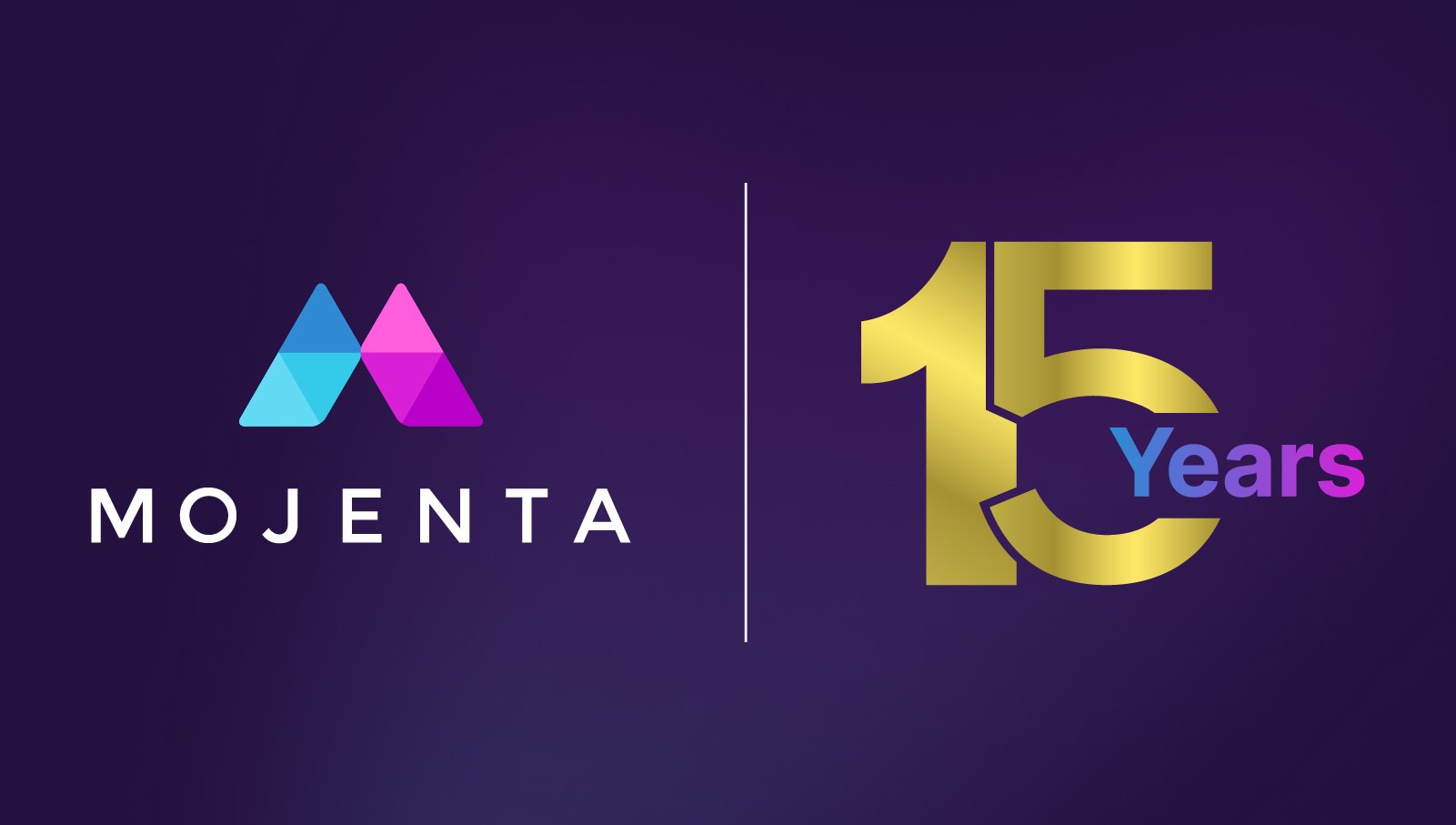The telecom and IT industries are among the most acronym-ridden on earth. Everyone knows that learning new acronyms every year is part of life in telecom, so we wanted to put together a handy list of classics for your reference.
BC - Business Continuity
Business continuity encompasses various practices that ensure an organization’s core operations remain uninterrupted during an emergency.
CCaaS - Contact Center as a Service
CCaaS is a cloud-based customer experience solution that gives a contact center better visibility into customer data and ways to improve agent performance.
CPaaS - Communications Platform as a Service
CPaaS is a cloud-based solution that lets developers integrate voice, video, messaging, and other real-time communication features into existing software using APIs.
DaaS - Desktop as a Service
DaaS uses a public or private cloud to deliver virtual desktops to end-users in exchange for a subscription fee.
DIA - Dedicated Internet Access
DIA is a private internet connection between an ISP and a customer. Users get a highly reliable internet connection with fixed bandwidth.
DR - Disaster Recovery
DR is an organization’s ability to restore access to critical systems and IT infrastructure after a man-made or natural service disruption.
DRaaS - Disaster Recovery as a Service
DRaaS is a cloud computing service that lets an organization create backups of critical data and IT infrastructure in the cloud.
EoC - Ethernet Over Copper
EoC is an affordable internet connectivity technology that uses traditional twisted-pair copper wires. It offers symmetrical speeds and flexible bandwidth.
IaaS - Infrastructure as a Service
IaaS is a cloud computing offering that provides on-demand network, storage, and computing infrastructure.
IoT - Internet of Things
The IoT is a network of interconnected machines and devices that can automatically collect, analyze, and transfer data over the internet.
ITaaS - IT as a Service
ITaaS is a technology delivery model where an IT service provider offers on-demand resources, support, and solutions in exchange for a monthly fee.
LAN - Local Area Network
LAN is a network of interconnected devices within the same physical location, such as an office, hospital, library, or school.
MDM - Mobile Device Management
MDM is a software application that’s used to monitor, manage, and secure mobile devices such as laptops, smartphones, IoT devices, and more.
MPLS - Multiprotocol Label Switching
MPLS is a routing technique used to maximize speed and control traffic in a network. It uses short path labels to transfer data between adjacent nodes.
NOC - Network Operations Center
NOC is a centralized location that’s used by a company’s IT staff to monitor and manage various types of networks.
PBX - Private Branch Exchange
PBX is a private telephone network that lets users within an organization communicate with each other and make/receive external calls.
POTS - Plain Old Telephone System
POTS is a traditional phone system that uses the PSTN (see below) for analog voice transmission.
PRI - Primary Rate Interface
PRI is a telecommunications interface standard that’s used for voice and data transmission over the Integrated Services Digital Network (ISDN).
PSTN - Public Switched Telephone Network
PSTN refers to the traditional circuit-switched phone system that uses twisted-pair copper cables to transfer voice.
SASE - Secure Access Service Edge
SASE is an emerging enterprise network architecture that combines the features of VPN and SD-WAN with cloud-native security.
SD-WAN - Software-Defined Wide Area Networking
SD-WAN is a virtual WAN infrastructure that centralizes network management and prioritizes certain types of traffic.
SECaaS - Security as a Service
SECaaS refers to outsourcing enterprise security-related functions to a third party.
SIP - Session Initiation Protocol
SIP is a signaling protocol that’s used to create and control VoIP sessions.
SLA - Service Level Agreement
SLA is a documented contract that defines the services and level of service businesses can expect from a vendor.
TEM - Telecom Expense Management
TEM is a solution that helps organizations track, analyze, and control their communication costs, including voice, data, and wireless expenses.
UC - Unified Communications
UC involves the integration of an organization’s communication tools, such as VoIP, instant messaging, file sharing, and more.
UCaaS - Unified Communications as a Service
UCaaS is a full-featured, cloud-based communications platform that combines enterprise telephony, mobility, instant messaging, video conferencing, and other services.
VoIP - Voice over Internet Protocol
Also known as IP telephony, VoIP is a set of technologies that lets users conduct voice and video calls over an internet connection.
VPN - Virtual Private Network
VPN is an encrypted connection that facilitates the creation of a protected network within a public network.
Got any questions about the acronyms above, or have any terms you would add? Contact Mojenta today – we’d love to chat.



